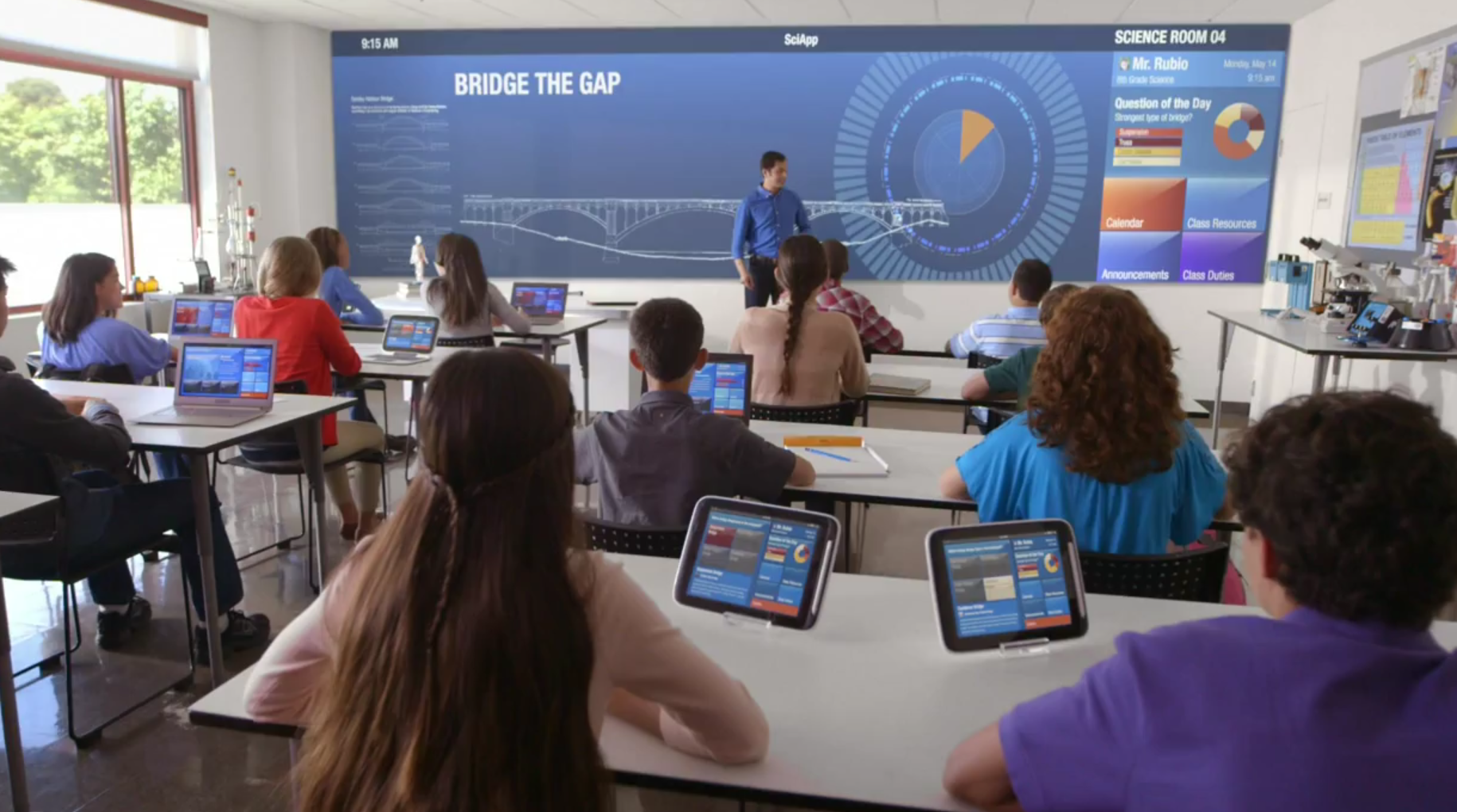Watch from 1:25 for the experiment.
Elen
did an interesting and funny experiment on showing children old technologies.
Their lack of time awareness assuming that the first mobile phone was 100 years
old shows how little children understand about how technology changes. Maybe
they should be shown what old technologies looked like so that they can
appreciate what they have now. Children spend so much time on technology and take
it for granted.
Children
find technology as we saw as revolutionary at the time such as the mobile phone
as a joke. They can only see slimmed down phones with coloured screens and an
app store with Face Time.
Children attempting to use an old computer
The
children in this video complained about how complicated it was to turn the
computer on, it also shows how far technology has gone to make our lives so
much simpler. People could plan their lives with technology such as calendars,
online shopping, note taking on phones/tablets and so much more. This video comes from a Youtube series called 'Kids react...' and they have been shown old Walkmans, Gameboys and typewriter.








